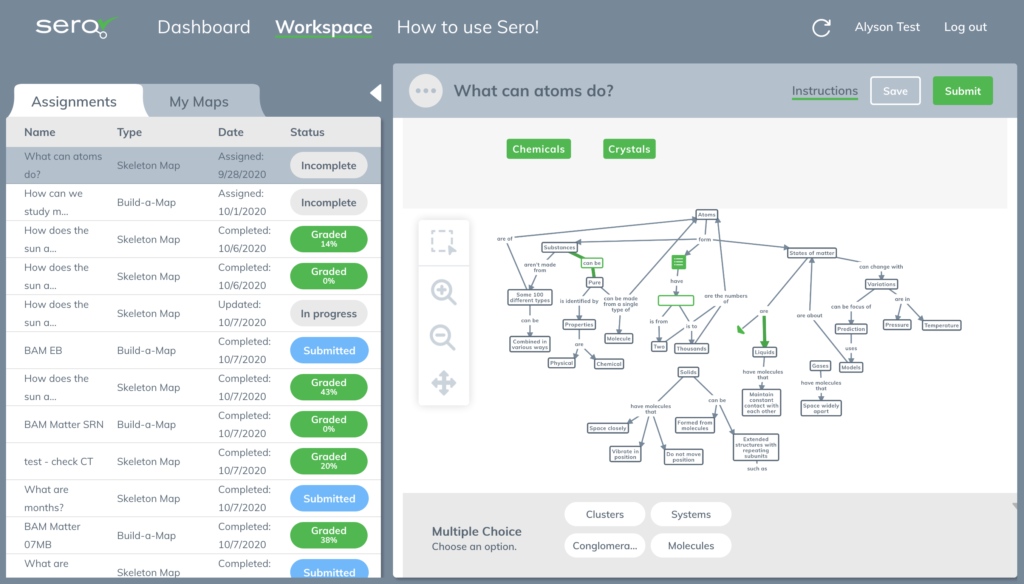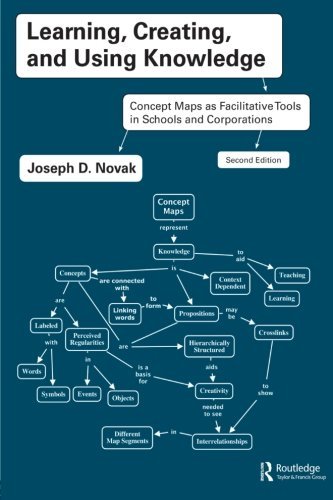
We didn’t invent concept mapping – we made it even more efficient and useful!

Hint: Concept maps are not mind maps

For starters, the National Assessment of Educational Progress (NAEP) calls for concept mapping as an Interactive Computer Task in the Science Framework

Our CEO literally wrote a book on it!